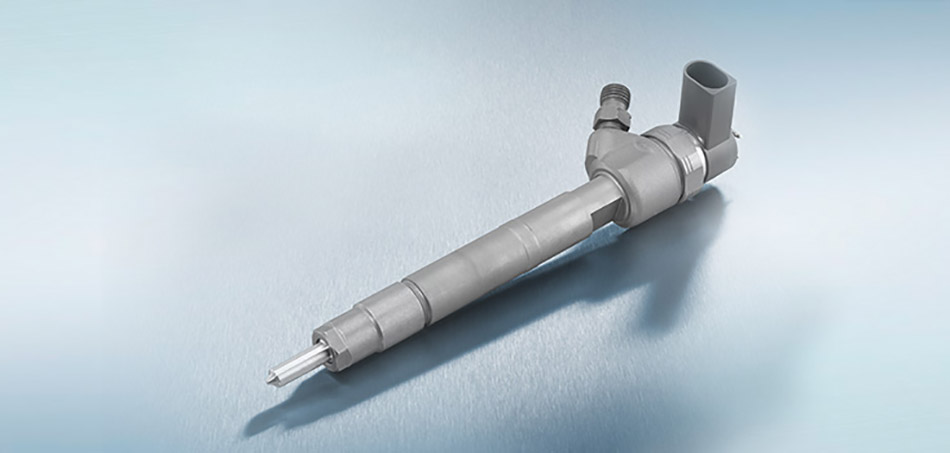
Certain crystalline materials, like quartz, produce minute amounts of electricity when you squeeze them. There’s even a word for it: “piezoelectric.” The process is also reversible, these same materials expand slightly when electricity is applied to them. The piezoelectric process has been well known and documented for over 100 years.
Some of the major manufacturers of automotive fuel components, such as Bosch, Continental, and Delphi, among others, have harnessed this peculiar property of piezo material to make extremely accurate fuel injectors.
One of the reasons they are so accurate is the amount of expansion involved. A slice of piezo material two-hundredths of an inch thick expands only about 0.00002 inch when it is exposed to 140 volts of electricity. That clearly isn’t a very large factor so the manufacturers stack hundreds of little piezo slices stacked on top of each other so that the combined expansion increases the total motion of the stack.
Wouldn’t it seem that a simple electromagnet would be easier to make than all this piezoelectric stuff? Well, piezoelectric materials have some distinct advantages. For one thing, they open and close much faster than conventional electromagnetic injectors. That makes for more precise control of the injector, which controls how much fuel is sprayed into the engine. Piezo units also provide feedback so that
The engine control computer can monitor the opening and closing times and thus control the combustion cycle easier. Lynch Chrysler of Mukwonago, WI explains that this results in better fuel economy and reduced emissions.
Not only are piezo injectors more accurate than conventional solid injectors, they also can perform some things that are completely beyond the capabilities of electromagnetic injectors. For one thing, by applying a little less electricity, the piezo crystals expand less so the injectors can open just a little bit which is great when a car is coasting. Also, they are fast enough that they can inject several times (as many as seven times in some engines) during a single combustion cycle. This flexibility can be used to reduce emissions in gasoline as well as diesel engines.
All these advantages must come at a premium cost, right? Actually, they don’t. Continental, for one, says that its piezo units are priced at about the same as the old-fashioned electromagnet versions. Sometimes a superior technology comes along that quickly displaces the old one. In the case of piezo injectors, this appears to be the case.
Image Source: Google
Previous article
High-tech Gas Tanks


